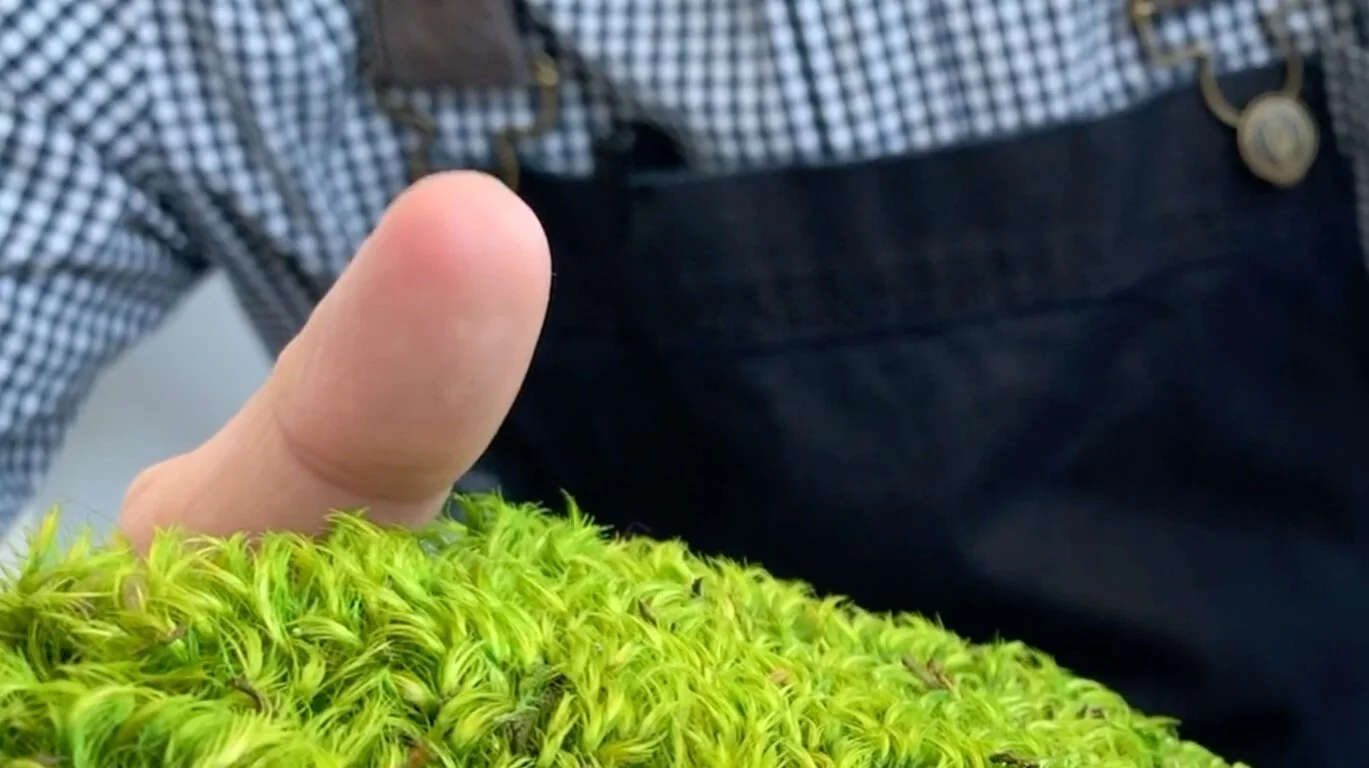Virtual Forest School
Thank you for coming to forest school today -- well, for coming virtually. We value the power of the imagination— though we can’t pretend this collection of videos and written work takes the place of playing in nature and forming community together in person. We do hope this will provide some inspiration for you and your children while we wait to meet again in the park.
Please check in during the week to see what we’re up to. You’ll find videos of the short trips we’re making to the park, where we visit wildlife and undertake a little of the work and play we typically do in forest school. And you’ll see what we’re doing at home as forest school teachers: engaging in imaginative play, cooking good food, performing puppet shows and, of course, singing. We invite you to please sing along; when you do, you may find that your child will, too. Thanks for joining us!
Much has been said and written about the crucial role that bees play in our shared ecosystem, and rightly so. At least a third of the food we eat — all of the good stuff, like fruits, vegetables, and nuts — is pollinated by them and other insects.
They’re also marvelous to watch.
There are so many trees in New York that have already begun to bloom — from the conspicuously elegant petals of the magnolia to the modest green florets of the maple. Among the most striking are the trees in the rose family, their flowers always featuring five petals and often found in shades of pink and white. The family includes stone fruit trees, like peaches, plums and almonds, as well as apple trees.
For someone who works outside, I love the rain more than you might suspect. Mostly I appreciate the way it changes our forest classroom so dramatically. The lowest part of the meadow turns into a small pond; earthworms erupt en masse from underground; the steady pit-pat of raindrops on dried leaves replaces the birdsong that yesterday filled the forest.
Among our favorite neighbors here in Brooklyn is a family whom we’ve only ever viewed from a distance. We see them almost every day from our window as they make trips back and forth to the park. Sometimes we spy them on a short break from those trips when they themselves seem to be just taking in the view of the neighborhood. Mostly, though, we watch them soaring through the sky.
On a morning in early spring, particularly when the grass is still wet with dew, it’s common to witness a hundred robins at a time scattered across the Long Meadow. They always seem to me like miniature livestock grazing in a field. What they’re doing, of course, is hunting for worms and insects, and that’s what this puppet show is about.
Near the beginning of every forest school class, after we’ve walked through the woods and reached our classroom, we ask ourselves a question that’s at once simple and full of possibility: “What will we make today?”
All around the city this week, birds are busy building their nests. Maybe you’ve seen them from your window. They carry bits of grass and twigs, feathers and moss and turn them into home, where their children will be born. This is the story of the robin’s nest.
And here’s another home, one that shrinks us down to play and imagine the world at a smaller scale.
Today we’ll look at snail’s tiny home and then build a house that’s big enough for us.










Often when parents remark how much their child loves eating forest school bread in class, I encourage them to try baking a loaf at home. Yes, there’s something special about eating freshly baked bread that’s served to you by your teacher as you sit alongside your friends in the forest. But taking part in a bread’s creation — mixing the simple ingredients in a bowl, kneading it with your hands, watching it transform as it rises and bakes — can be a whole other magical experience for a child.